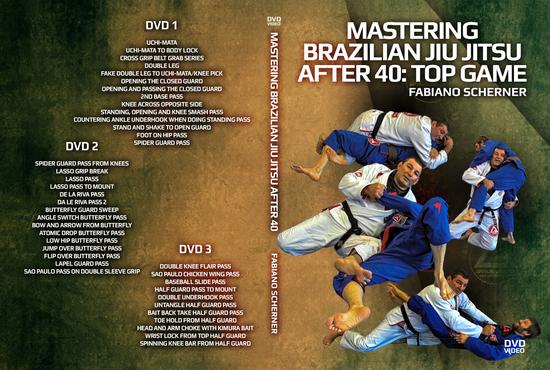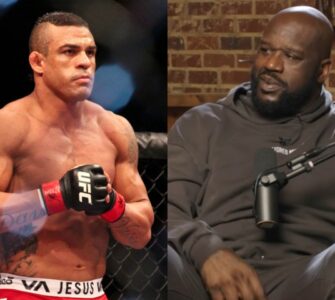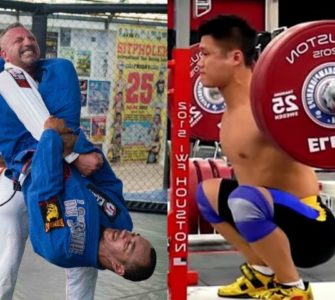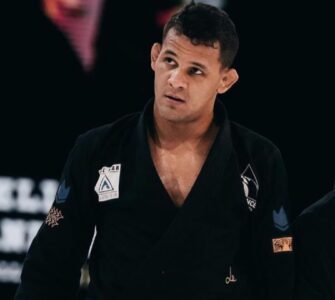If you’re the bigger guy on the mats, you definitely want to have rolling partners who stick around, and you probably don’t want to come across as the bully, just focused on going for the top position. As a heavyweight, you want to know when it’s appropriate to use your strength against a smaller opponent, and you must incorporate technique into your sparring session.
“Always assume that your opponent is going to be bigger, stronger, and faster than you; so that you rely on technique, timing, and leverage, rather brute strength,” said Helio Gracie, the grandmaster of Brazilian Jiu Jitsu.
Being the bigger guy in Brazilian Jiu-Jitsu certainly has its advantages. However, it’s vital you don’t just base your BJJ game solely on your height or weight. They say don’t hit a fly with a hammer because you simply don’t need to. The same logic applies with a bigger guy’s BJJ game. If you are a 230-plus pounder, and are squeezing and crashing down on someone who is 130 or 140 pounds, then there could be certain consequences. Ribs could be shattered, and a neck could be popped out resulting in an opponent who most likely will not roll with you again.
Your aim should be to roll technical. Your strength is always going to be there, and can certainly be used when trying to get a submission. A bigger guy shouldn’t come off as the character Lenny from the classic novel, Of Mice and Men, and be brutalizing other teammates on the mat, not understanding their strength or how to use it.
There are so many bigger BJJ practitioners at a higher level that just try and rip through their opponents. Their BJJ game becomes purely muscular, which doesn’t aid in the long run, when age catches up to them, and their strength wears off. Basing your game on technique is going to allow it to last longer. Don’t fret too much over being the bigger guy at practice. People will likely create assumptions based on your size. It’s best to surprise them by being the technical guy.
Nick Albin, aka Chewy, provides a good tip for big guys: “when [he] started rolling with the smaller guys, instead of putting pressure down, [he] would just bounce around with them, and create scrambles. [He] would try to move at their pace, and beat them with finesse and technique.” Albin goes on to explain that the benefit for him, was getting used to using better technique. But, most importantly, he was also “picking up that 130, 140, 150 pound pace.” Albin says this way of thinking helped him immensely, especially when he had to roll with bigger guys who almost seemed to work in slow motion. Albin was not only able to work at a fast pace, but he could also use his strength as a double “whammy” against his opponent. In turn, this logic can also benefit smaller teammates, who will actually want to spar with a bigger individual, rather than worry about getting severely injured, and participating in a fun and engaging roll.
“Our bodies are a finite resource,” says Albin. “There is only so much of you to go around. That is why you have to train smart, because you can only tear you tendons, muscles, and cartilage so many times. Once it’s done, it’s done.”
Bigger BJJ practitioners need to be smart about their training, and conscious of preserving their own body, but also their partner’s as well. Because of the size difference, it’s imperative to always approach the roll in a safe and controlled manner.
Ten time world champion and MMA veteran Fabiano Scherner has put together all the secrets to “Mastering Brazilian Jiu Jitsu After 40” in this instructional that you will want to check out.



















